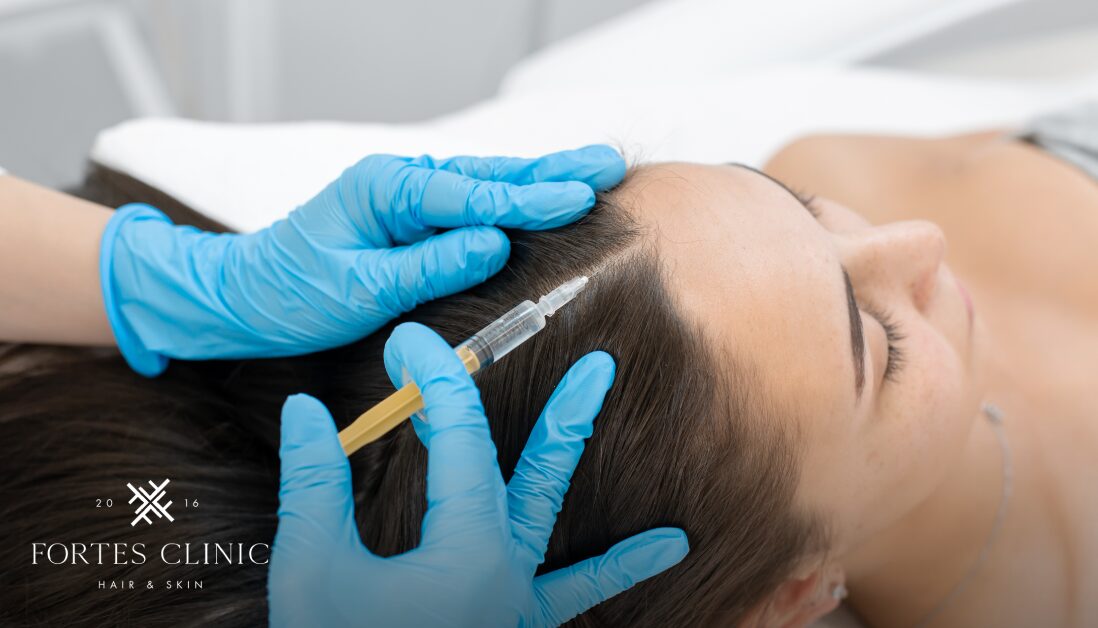Introduction
Hair loss can be a distressing experience, affecting confidence and self-esteem. Many people struggle with baldness or thinning hair, which can result from genetics, hormonal changes, medical conditions, or lifestyle factors. Fortunately, modern medicine offers effective solutions, and one of the most reliable treatments is a hair transplant. This procedure has gained significant popularity due to its long-lasting results and natural appearance. But what exactly is a hair transplant, and how does it work? In this article, we will explore the process, types, costs, benefits, risks, and alternatives to help you make an informed decision.
What Is A Hair Transplant?
A hair transplant is a surgical procedure designed to restore hair by moving healthy hair follicles from one part of the scalp to another. Typically, follicles are taken from the donor area, which is usually the back or sides of the head, and implanted into areas affected by hair loss. The goal of the procedure is to provide permanent, natural-looking hair growth. Hair transplants are most commonly used to treat male pattern baldness, but they can also help women experiencing hair thinning and individuals who have lost hair due to injuries or medical treatments.
How Does A Hair Transplant Work?
Hair transplantation is based on the principle that certain areas of the scalp are resistant to hair loss, particularly the back and sides. These regions retain their ability to grow hair throughout a person’s lifetime. By relocating these healthy follicles to balding areas, hair restoration specialists can ensure a more permanent solution compared to temporary treatments like topical creams or medications.
The procedure is performed under local anaesthesia, making it minimally invasive. The surgeon carefully extracts the hair follicles, prepares them for implantation, and strategically places them to mimic the natural direction and density of hair growth. The success of the transplant depends on factors such as donor hair quality, surgical technique, and post-operative care.
Types of Hair Transplant Procedures
Follicular Unit Transplantation (FUT)
FUT, also known as the strip method, involves removing a thin strip of skin with hair follicles from the donor area. This strip is then divided into smaller grafts, which are transplanted into the balding regions. Although the procedure leaves a linear scar in the donor area, it is often preferred for its higher graft survival rate and ability to cover large areas of hair loss. FUT is typically recommended for patients who need a significant number of grafts.
Follicular Unit Extraction (FUE)
FUE is a more advanced and less invasive technique that involves extracting individual hair follicles directly from the donor area using a micro-punch tool. The extracted follicles are then implanted into the balding areas. This method does not leave a visible linear scar, making it a preferred choice for those who want to wear their hair short. However, FUE often requires multiple sessions to achieve the desired density.
The Hair Transplant Process: Step-By-Step
1. Initial Consultation
The journey begins with a consultation with a qualified hair transplant specialist. The surgeon evaluates the extent of hair loss, scalp condition, and donor hair availability. The patient’s medical history is also reviewed to determine suitability for the procedure. During this stage, the specialist will discuss expected results and the best technique to achieve them.
2. Preparing for Surgery
In preparation for the procedure, patients receive detailed instructions. This includes avoiding certain medications, stopping smoking and alcohol consumption, and maintaining scalp hygiene. Some patients may need to trim their hair before surgery to make the process easier.
3. The Surgery Day
On the day of the surgery, local anaesthesia is applied to numb the scalp. The extraction of hair follicles follows, either by the FUT or FUE method. The harvested follicles are meticulously prepared under a microscope to ensure their viability. The surgeon then implants the follicles in the balding areas, ensuring they follow the natural hair growth pattern. The procedure can take several hours, depending on the number of grafts required.
4. Post-Surgery Recovery
After the surgery, patients are given specific aftercare instructions. Some common post-surgery experiences include mild swelling, redness, and scabbing in the recipient area. Patients are advised to avoid strenuous activities, direct sun exposure, and excessive sweating for a few weeks. Hair shedding (shock loss) may occur within the first month, but this is temporary. New hair growth typically starts within three to six months, with full results visible after 12–18 months.
Who Is A Good Candidate for a Hair Transplant?
A hair transplant is best suited for individuals who:
- Have pattern baldness or significant hair thinning.
- Have healthy donor hair available for transplantation.
- Are in good overall health and have realistic expectations about results.
- Have tried non-surgical treatments without success.
- Have a commitment to following post-surgery care to ensure optimal results.
How Much Does a Hair Transplant Cost?
The cost of a hair transplant depends on several factors, including the clinic’s reputation, surgeon’s expertise, technique used, and the number of grafts required.
Average Cost Estimates:
- UK: £3,000 – £10,000
- Europe: £2,000 – £8,000
- Turkey (popular for medical tourism): £1,500 – £5,000
Many clinics offer financing options, making the procedure more accessible. However, patients should be cautious when choosing lower-cost options, as quality and safety may vary.
Potential Risks and Side Effects
Hair transplants are generally safe, but they do carry some risks. The most common side effects include temporary swelling, redness, itching, and scabbing. Some patients may experience shock loss, where transplanted hair sheds before new growth starts. Rare complications include infection, scarring, and uneven hair growth. Choosing an experienced surgeon and following proper aftercare instructions can significantly reduce these risks.
Hair Transplant Before and After: What to Expect
After the transplant, hair goes through different growth phases. Initially, the transplanted hair may fall out, but this is part of the healing process. Over the next few months, new hair starts growing, gradually increasing in density. By 12–18 months, patients can see the full transformation, with restored hairlines and improved hair thickness.
Alternatives to Hair Transplants
For those not ready for surgery, alternative treatments can help slow down hair loss and promote hair growth.
Non-Surgical Options
- Medications (Minoxidil & Finasteride) – Help stimulate hair growth and prevent further hair loss.
- PRP Therapy – Uses the patient’s own plasma to encourage follicle regeneration.
- Low-Level Laser Therapy (LLLT) – Increases blood flow to the scalp, promoting hair growth.
Lifestyle and Natural Remedies
- Eating a balanced diet rich in vitamins and proteins.
- Massaging the scalp to improve blood circulation.
- Reducing stress levels, as stress contributes to hair loss.
Recap
Hair transplants offer a permanent, natural-looking solution to hair loss. With advancements in techniques like FUE and FUT, more individuals are regaining their confidence through this procedure. However, the success of a hair transplant depends on choosing the right surgeon, proper aftercare, and realistic expectations. Whether you opt for surgery or explore non-surgical options, taking proactive steps can greatly improve hair health and overall well-being.
Keen to learn more? Book your consultation today or contact our team if you have any queries!



